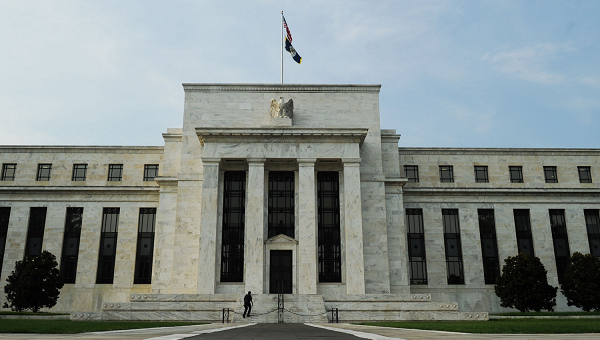September 17, 2015 – Once the Federal Reserve starts lifting interest rates off the floor, banks will get a nice boost to their profits, but depositors will not get much benefit.
The Fed, which has long telegraphed its intention to end its seven-year experiment with zero rates, may start raising rates as soon as Thursday.
Whenever it does, banks can begin charging more for many loans, while they will not be in a rush to pay much more for deposits.
With the Fed having slashed interest rates and injected trillions of dollars into the economy since the financial crisis, banks have far more deposits than they consider necessary and are fine if some disappointed savers take their money elsewhere. Lenders are usually slow to lift the deposit rates, but because they are awash in money from depositors, they can take it particularly slow this time around.
Charging more on loans without paying much more for deposits will help the bottom line at most banks. Analysts at Morgan Stanley said 37 of 44 U.S. banks they cover expect to earn more if interest rates go up. For example, Bank of America Corp estimated that a 1 percentage point rise in short-term interest rates would bring it an extra US$2.4 billion in pre-tax profits in the following year. Citigroup Inc put the annual windfall at US$1.9 billion.
The boon for banks at the expense of depositors underscores how the Fed’s recent policies have created winners and losers. Record-low lending rates and some US$3.6 trillion in cash injections from the Fed have helped a wave of corporate mergers and leveraged buyouts, stemmed the mortgage crisis and boosted stock markets. But the loose monetary policy also squeezed savers, particularly pensioners who rely on bonds and bank accounts for their income.
“It has effectively been a massive wealth transfer from retirees and others savers into the pockets of indebted Americans,” said Greg McBride, a financial analyst at bankrate.com.
Banks have profited from being the middlemen in that transfer and now it may still be quite a stretch before savers can feel any relief.
“Savers have been short-changed by low rates,” said banking analyst David Hendler of Viola Risk Advisors.
Bank executives say depositors tend to think about switching to other banks or alternative low-risk investments once they see someone offering one extra percentage point in interest income. That time could be more than a year off, given that the Fed has not even taken its first step and many traders expect it to hold off until next month or December.

